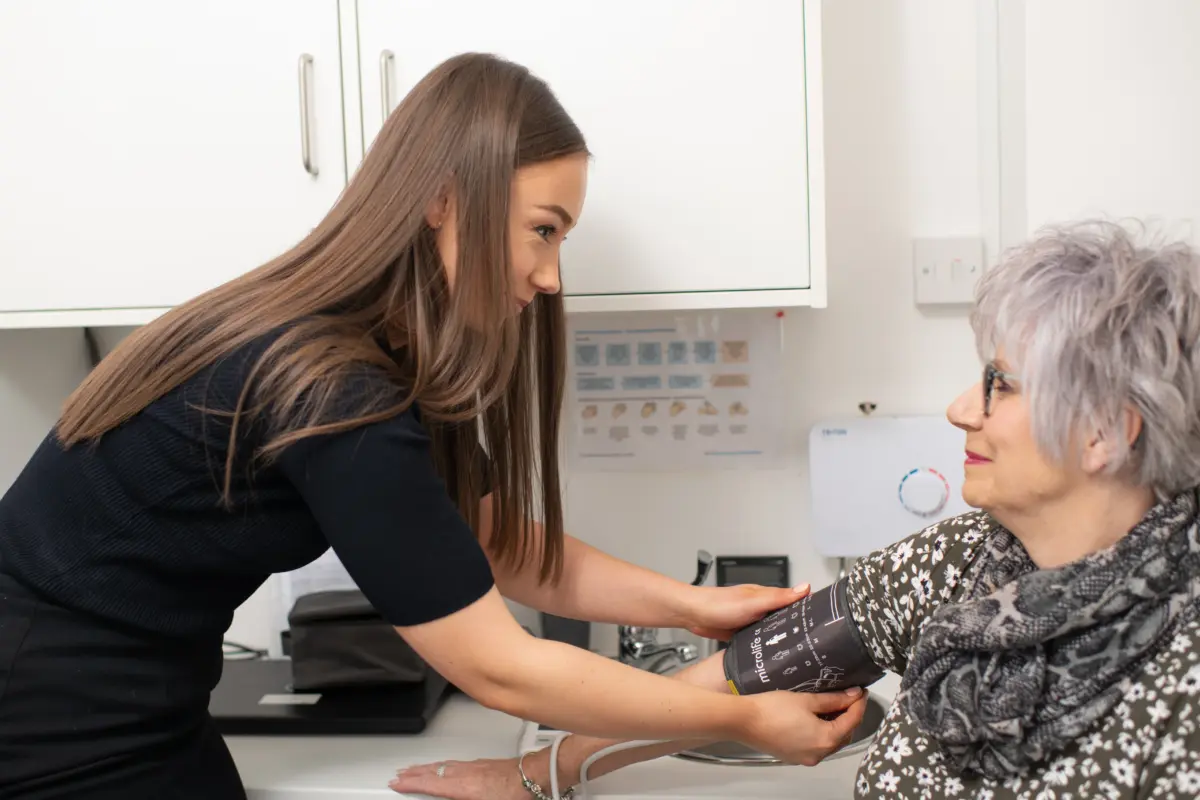National Patient Safety Alert: Potent synthetic opioids implicated in heroin overdoses and deaths
National Patient Safety Alert: Potent synthetic opioids implicated in heroin overdoses and deaths
National Patient Safety Alert Reference Number: NatPSA/2023/009/OHID
Date issued: 26th July 2023
Brief description of the problem
In the past 8 weeks there has been an elevated number of overdoses (with some deaths) in people who use drugs, primarily heroin, in many parts of the country (reports are geographically widespread, with most regions affected but only a few cities or towns in each region).
Opioid drug deaths are, sadly, not uncommon (averaging 40 a week across England and Wales) but what has been seen in these areas is an unusual increase, with some common patterns and some limited evidence of a common cause.
Testing in some of these cases has found nitazenes, a group of potent synthetic opioids. Nitazenes have been identified previously in this country, but their use has been more common in the USA. Their potency and toxicity are uncertain but perhaps similar to, or more than fentanyl, which is about 100x morphine.
There is good evidence from reports that naloxone, the ‘antidote’ to opioid overdoses, works in these cases. The treatment required for an overdose that may be related to potent synthetic opioids is the same as for other opioid overdoses, but delivering it rapidly and completely is even more critical, as progression to respiratory arrest, and recurrence of respiratory arrest, are more likely.
People who have overdosed may need longer-term monitoring in a medical setting for up to 24 hours even if reversal of the opioid overdose has occurred.
Those in contact with heroin users should be alert to the increased possibility of overdose arising from ‘heroin’ containing synthetic opioids, be able to recognise possible symptoms of overdose and respond appropriately.
However, adulterated heroin is not the only risk – there have been findings of potent synthetic opioids in fake oxycodone tablets, and less commonly in fake or ‘street’ benzodiazepines and in synthetic cannabinoids (SCRAs).
There is no evidence for absorption of synthetic opioids through the skin but usual precautions, including masks, should be taken when handling unknown substances, especially if they have become airborne.
Actions required
Actions to be completed as soon as possible and no later than Friday 4 August 2023
All organisations where staff may encounter people who use drugs should ensure those staff are:
- Made aware of the risk of severe toxicity resulting from adulteration of heroin with potent synthetic opioids
- Able to rapidly assess suspected opioid overdose cases
- Made aware the potency and toxicity of nitazenes is perhaps similar to, or more than, fentanyl, which is about 100x morphine
- Alert to the symptoms of opioid overdose in known and suspected heroin users
- Communicate these risks and harm reduction messages to heroin users during any contacts
- Ensure people who use heroin and others who might encounter an opioid overdose have naloxone available
- Able to provide or administer naloxone if appropriate.
Please see full guidance in the alert.







